
Virtual
exhibits
Immerse yourself in the rich digital history projects of dozens of researchers in Canada. We offer a curated selection of virtual museums, exhibits and experiences.

Establishing a Sacral Landscape
Establishing a Sacral Landscape is a StoryMap that illuminates the development of one saint’s cult in the Fenland of England. Understanding the many factors that contributed or challenged its development are germane to better understanding the role that landscape has upon religious imagination, as well as the complex nature of interactions between humans and environments.
VISIT

From Our Mothers’ Kitchens
From Our Mothers’ Kitchens is a student-curated exhibit that focuses on cooking and procuring food in rural and agrarian contexts. The project highlights how integral Canada’s rural areas and small communities have been in shaping Canadians’ food tastes. The site shares 350 digitized Canadian cookbooks and pamphlets from the University of Guelph’s Culinary Arts Collection.
VISIT
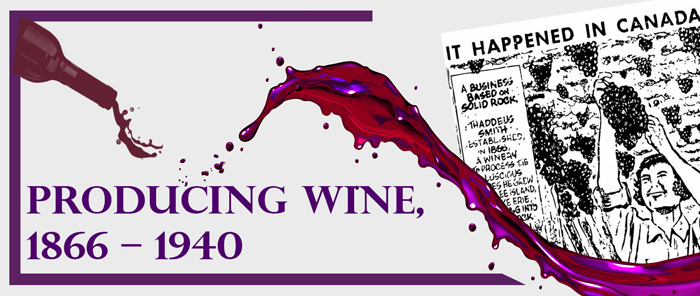
Producing Wine in Ontario
Producing Wine in Ontario documents the creation of the wine industry in Ontario from 1866 to 1940. A collaboration with the Archives of Ontario, the exhibit shares documents and information that show regional variation, growth, decline, and transformation.
VISIT

Six audio walks through Montreal
Six audio walks through Montreal developed by the Centre for Oral History and Digital Storytelling. There are stories of urban displacement and resistance, neighbourhood transformations, refugees, and memory making that cast new light on the peoples and histories of Montreal.
VISIT

The Living Archives of Rwandan Exiles and Genocide Survivors in Canada
The Living Archives of Rwandan Exiles and Genocide Survivors in Canada shares the life stories of 31 survivors of the 1994 Rwandan genocide now living in Montreal in collaboration with the Association des Parents et Amis des Victimes du genocide des Tutsis au Rwanda. This project is deeply invested in collaborating with originating communities in the development of new tools and this platform. The resulting living archives will enable people to engage with personal story in new and creative ways.
VISIT
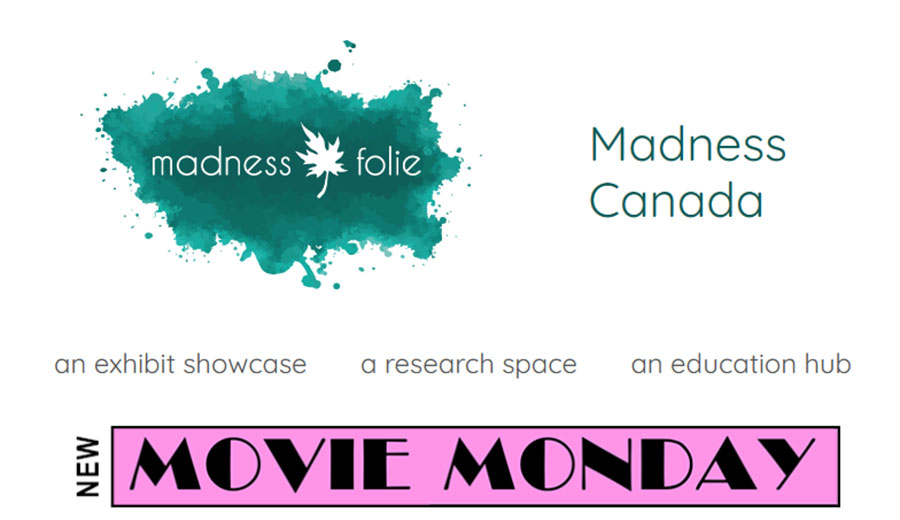
Madness Canada
Madness Canada uses history to understand the present and illuminate the future. It draws on diverse experiences, skills and perspectives in recognizing the legacy of Mad Pride within Canadian communities. Contributors to the website include community members, academics, educators, and policy makers.
VISIT
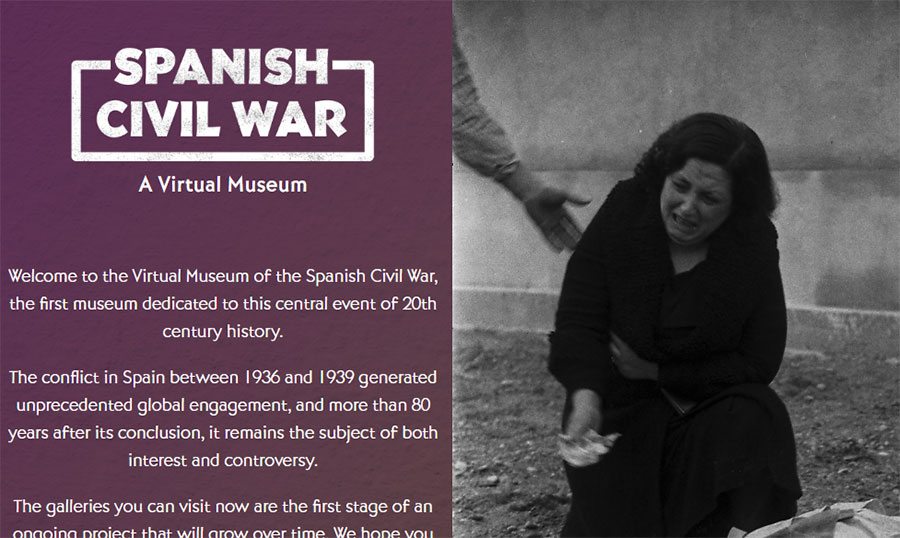
Spanish Civil War: A Virtual Museum
Spanish Civil War: A Virtual Museum. The Civil War was the most important event in the history of modern Spain and one of the most crucial in the twentieth century world. But eighty-five years after its conclusion, the conflict, its aftermath, and how they are remembered remain highly contentious and, as a consequence, Spain has no national Spanish Civil War museum. Created by a small international and interdisciplinary team of scholars and funded primarily by SSHRC, the Virtual Museum of the Spanish Civil War is an attempt to fill this gaping hole. It houses 300 objects in nine galleries, with texts in English, Spanish, French, Basque and Catalan.
VISIT
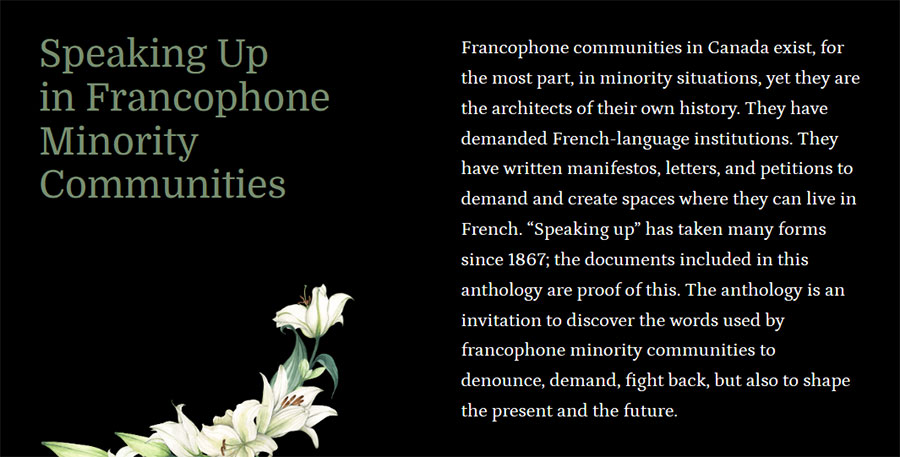
Speaking Up in Francophone Minority Communities
Speaking Up in Francophone Minority Communities exhibits the ways that Francophone communities in Canada have worked to create French-language institutions. They have written manifestos, letters, and petitions to demand and create spaces where they can live in French. This project is an invitation to discover the words used by Francophone minority communities to denounce, demand, and fight back as well as to shape the present and the future.
VISIT
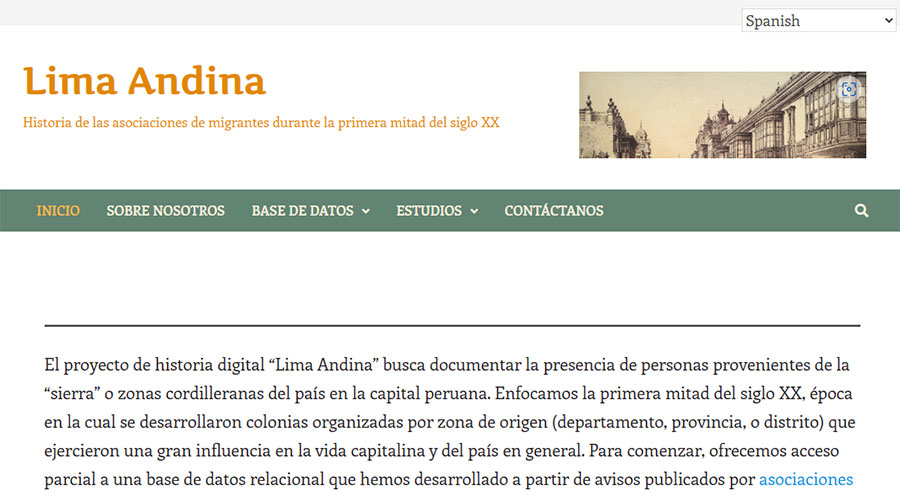
Lima Andina
Lima Andina seeks to document the presence of migrants from the Peruvian highlands in the country’s capital, Lima, during the first half of the twentieth century. The centrepiece of the project is a relational database of 6,500 notices published between 1906 and 1933 by around 490 distinct migrant associations in El Comercio, Peru’s newspaper of record.
VISIT